(Note to readers: just noticed that I failed to publish this post, written about Day 3. Sorry it’s so wildly out of chronological order!) At 8 o’clock Saturday morning, we loaded our bikes onto the Andiamo van and drove off to visit two historic sites before launching our bike ride to Cefalu. The historic sites provided a good excuse for us to cut down the mileage of the day’s ride–it would have taken two days to ride bikes from Caltagione to Cefalu, and we had a date with the Giro in Cefalu on Monday.
Villa Romana de Casale was our first stop, a hunting villa of a Roman noble or emperor from 290 AD. It was concealed by a mudslide in the 13th century and rediscovered and excavated by archeologists beginning in the 19th century. The immense power of a Roman noble impressed us, as did the presumed number of slaves needed to build and operate such an opulent estate.
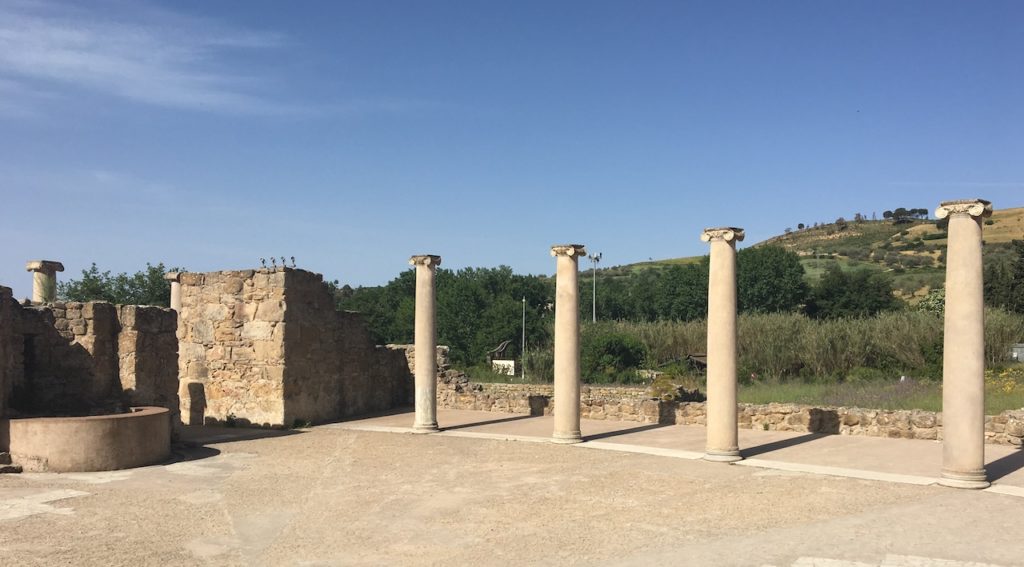
Entrance portico to Villa Romana di Casale (looking out). The estate features 50 rooms, including guest rooms, two kitchens, four dining rooms of various sizes, baths, servants quarters and a large basilica for holding court.
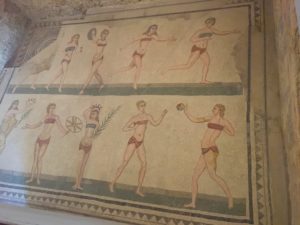
The villa is famous for its mosaic tile floors, many still intact. Here is the much-discussed “Bikini Girls” floor of the, um, “sport room.”
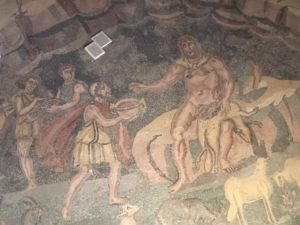
Another floor mosaic–a cyclops character returning from a hunt–from the anteroom of the noble’s private quarters
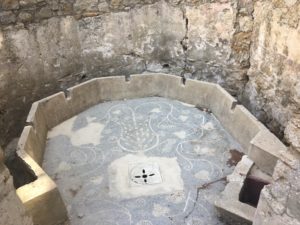
Behind the scenes to the family’s latrine with tile floor. It appears to have been a “5 seater” with no evidence of privacy partitions. The moat-like gap is a deep stone-lined trench that can be flushed with water directed down from the hill above.
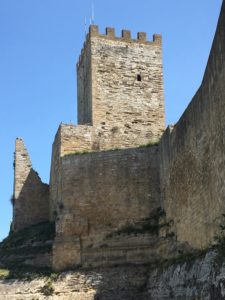
Fortress turret atop rocky bluff at Enna. OK, these photos don’t capture the rugged topography below the fortress well.
Later in the morning we visited the hilltop fortress of Enna, dating from the Greek epoch, 400 BC. Once again, the stone-cutting, water-sourcing and engineering needed to make such a fortress seemed incredible for a year so early in recorded Western history.
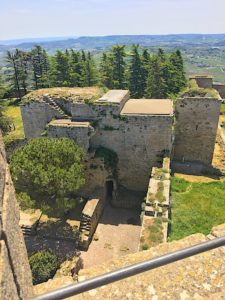
View of part of fortress interior. The fortress covers more than an acre and includes water springs. With rocky bluffs providing its base on 3 sides, it was a natural fortress difficult to attack.

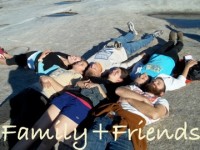
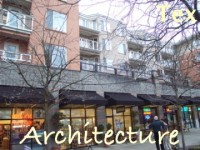
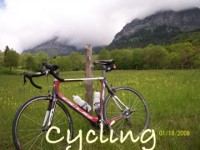
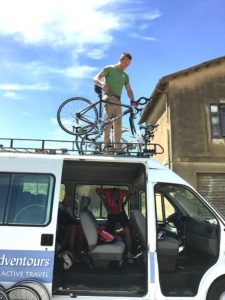
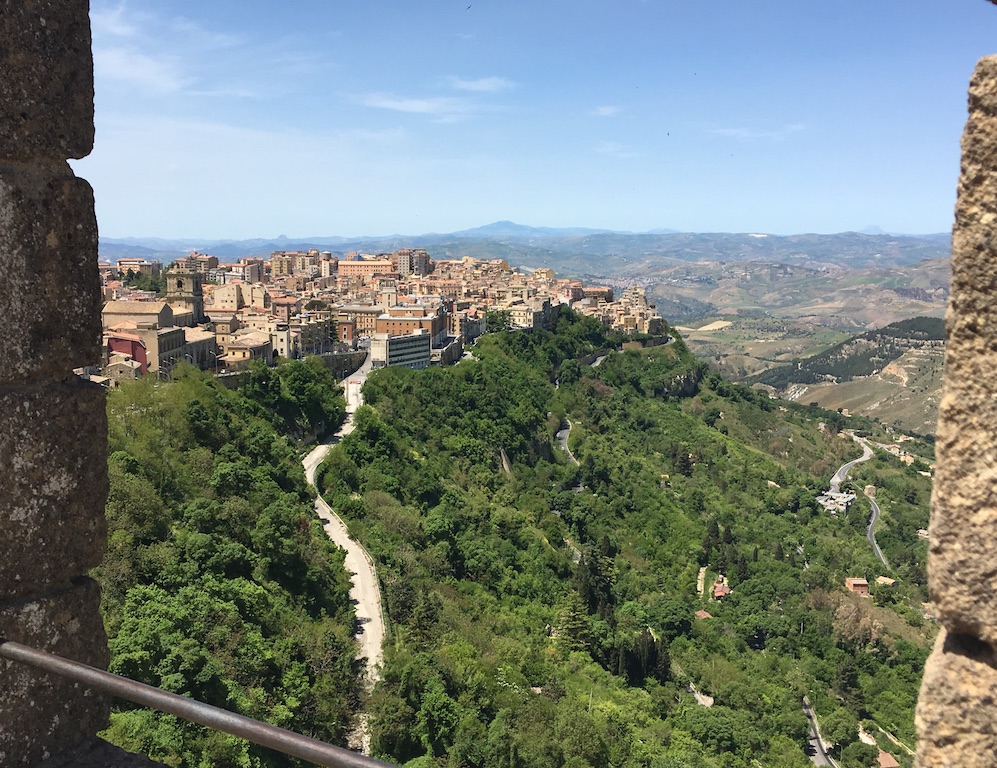
Each day looks more interesting than the day before. The pictures are amazing. Not sure I will make it on a bike, but it sure makes me want to pack my bags and head over. Glad it seems to be exceeding your expectations! One question….How is the BEER? I don’t hear much about that…must be all the wine you are drinking…